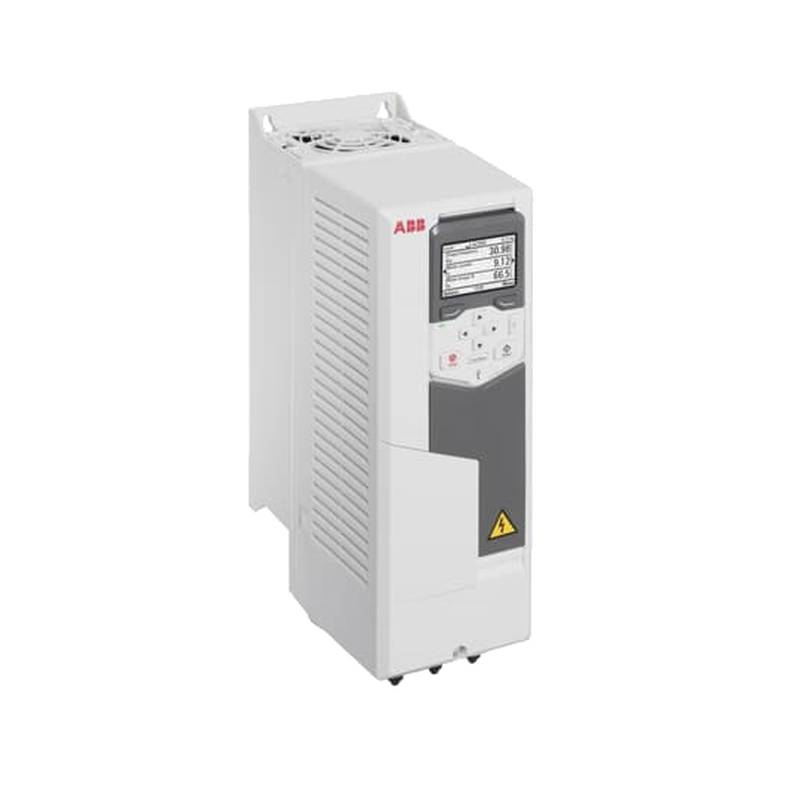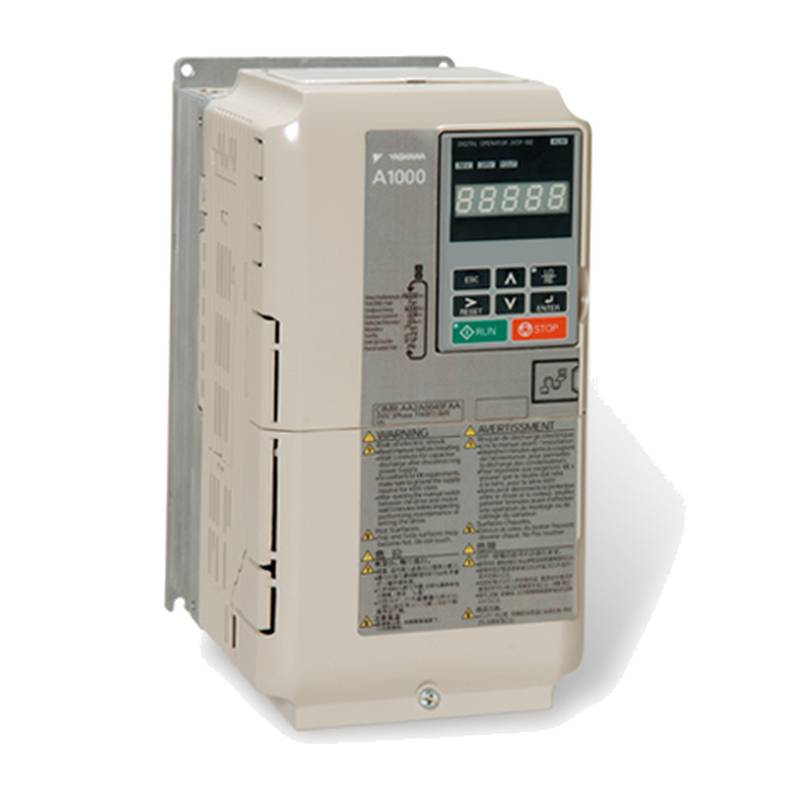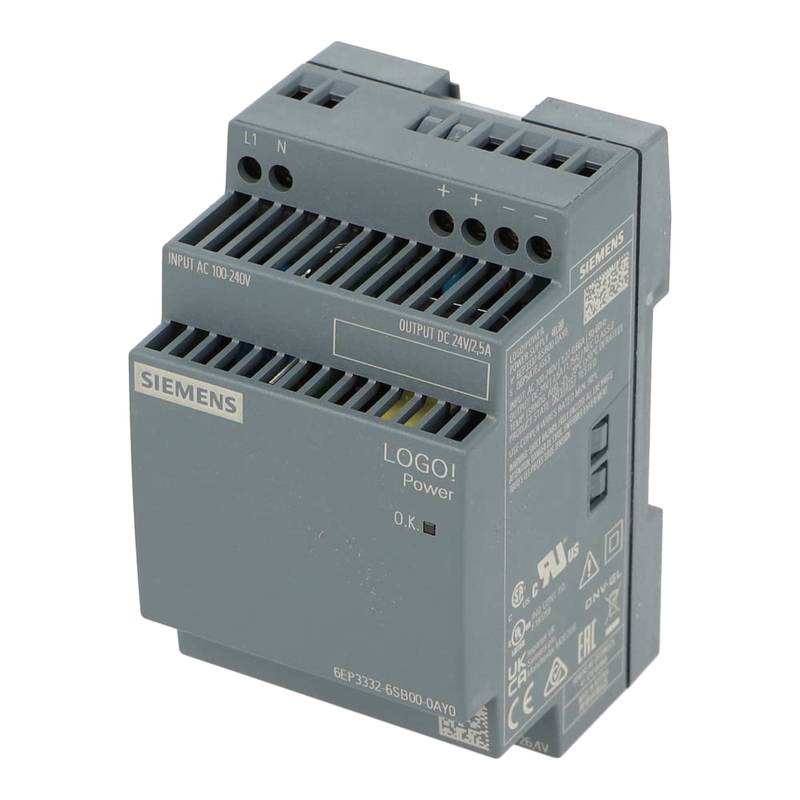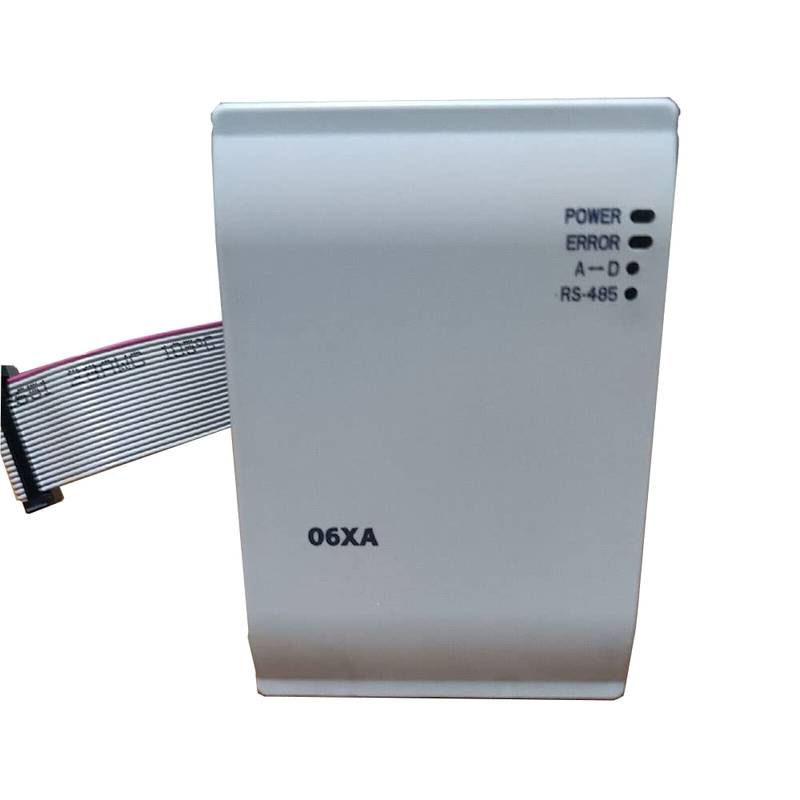
The INVT GD350A-450G/500P-4 is a high-performance general-purpose Variable Frequency Drive (VFD) engineered for demanding industrial applications, delivering exceptional control, efficiency, and reliability. This advanced drive boasts key advantages such as precise motor speed regulation, significant energy savings, and robust protection features. Core functionalities include a wide voltage range, advanced vector control algorithms, and integrated communication protocols. Key technical parameters highlight its 450kW (450G) or 500HP (500P) power rating, input voltage compatibility of 3-phase 380-440V AC, and an output frequency range of 0-1000Hz, ensuring versatility across numerous motor types and operational demands.
Product Specifications
| Parameter | Specification |
| :---------------------- | :------------------------------------------ |
| Model | GD350A-450G/500P-4 |
| Rated Power (kW/HP) | 450kW / 500HP |
| Input Voltage | 3-Phase 380-440V AC |
| Output Frequency | 0-1000Hz |
| Control Method | V/f, Vector Control, Torque Control |
| Protection Features | Overcurrent, Overvoltage, Undervoltage, Overtemperature, etc. |
| Communication Options | RS485, Modbus (Optional: Profibus, Ethernet) |
| Ambient Temperature | -10°C to +40°C (derating above 40°C) |
| Altitude | Below 1000m (derating above 1000m) |
| Humidity | < 90% RH (non-condensing) |
Core Features & Market Positioning
The INVT GD350A-450G/500P-4 distinguishes itself through its sophisticated control capabilities, particularly its advanced sensorless vector control, which provides excellent dynamic response and precise speed accuracy even under fluctuating loads. This positions it as a superior choice for applications requiring high starting torque and smooth operation, such as in heavy machinery, pumps, and fans. Its robust design, featuring advanced thermal management and comprehensive protection algorithms, ensures prolonged operational life and minimizes downtime. The integration of multiple communication protocols further enhances its flexibility, allowing seamless integration into complex automation systems and supporting Industry 4.0 initiatives through advanced data monitoring and diagnostics.
Key Application Scenarios
This high-performance VFD drive is ideally suited for a broad spectrum of industrial applications where precise motor control and energy efficiency are paramount. Common scenarios include the control of large centrifugal pumps in water treatment plants, ensuring optimal flow rates and significant energy savings by matching motor speed to system demand. In the manufacturing sector, it excels in driving conveyors, extruders, and CNC machinery, providing the accurate speed and torque control necessary for consistent product quality and high throughput. Its robust performance also makes it a reliable choice for material handling systems, HVAC applications requiring variable airflow, and other heavy-duty industrial equipment where variable speed operation is critical.
Practical System Integration Guidance
Integrating the INVT GD350A-450G/500P-4 into an industrial system requires careful attention to wiring and configuration. For power connections, ensure that the input power supply is correctly phase-aligned and that the motor wiring is robust to handle the drive's output. Grounding should be meticulously implemented to prevent electrical noise and ensure safety. For motor control, select the appropriate control mode (e.g., sensorless vector control for applications needing high torque at low speeds) and configure motor parameters precisely, including nominal voltage, frequency, current, and pole numbers, for optimal performance and drive longevity. Communication setup, typically via RS485 with Modbus RTU, involves assigning a unique slave address to the VFD and configuring the baud rate and parity to match the supervisory control system, enabling seamless data exchange for monitoring and control.
Operation and Risk Mitigation
Safe operation of the INVT GD350A-450G/500P-4 mandates adherence to electrical safety standards and proper installation procedures. Always ensure the drive is de-energized before performing any wiring or maintenance. Overcurrent (OC) faults are common and can indicate issues such as motor overload, incorrect parameter settings, or insufficient power supply capacity; verify motor load and acceleration/deceleration ramps. Overvoltage (OV) faults may occur during regenerative braking or rapid deceleration; consider installing a braking resistor if energy dissipation is a concern. Overtemperature (OT) faults suggest inadequate ventilation or operation beyond specified ambient temperature limits; ensure proper airflow and derate the drive if necessary. Regularly inspect connections and monitor drive status through its diagnostic interface to proactively identify potential issues.
Scalability & Long-Term Value
The INVT GD350A-450G/500P-4 offers considerable scalability and long-term value, particularly through its compatibility with evolving industrial automation trends. Its modular design and support for various communication protocols, including optional modules for Profibus and Ethernet, allow for straightforward integration into existing SCADA systems and facilitate future upgrades. This adaptability is crucial for supporting Industry 4.0 initiatives, enabling advanced data collection for predictive maintenance, remote monitoring, and process optimization. The drive's robust construction and INVT's commitment to product development ensure a long operational lifespan, minimizing the total cost of ownership. Its efficient power conversion also contributes to sustained energy savings, further enhancing its long-term economic benefits for industrial operations.
Frequently Asked Questions
What is the primary function of the INVT GD350A-450G/500P-4 VFD?
The primary function of the INVT GD350A-450G/500P-4 is to precisely control the speed and torque of electric motors. It achieves this by converting fixed-frequency, fixed-voltage AC power into variable-frequency, variable-voltage AC power. This allows for smooth acceleration, deceleration, and operation at speeds other than the motor's base speed, leading to significant energy savings and improved process control.
This VFD enables optimization of motor performance across various load conditions. It facilitates starting large inertia loads with reduced mechanical stress. The drive also offers protection against common electrical faults, safeguarding the motor and the overall system from damage.
By precisely matching motor output to application requirements, the GD350A-450G/500P-4 enhances efficiency and productivity. Its advanced control algorithms contribute to reduced wear and tear on mechanical components, extending equipment lifespan and lowering maintenance costs.
How does the sensorless vector control feature benefit applications?
Sensorless vector control offers highly accurate motor speed regulation without the need for a physical encoder. This feature is particularly beneficial for applications requiring strong starting torque and stable speed under varying loads, such as pumps, fans, and conveyors. It simplifies installation by eliminating the need for encoder wiring and associated maintenance.
This advanced control method ensures excellent dynamic performance, allowing the motor to respond rapidly to changes in load or speed commands. It provides a smooth and stable motor operation, reducing vibration and noise. The system is also more cost-effective in many scenarios due to the elimination of the encoder.
The precision offered by sensorless vector control contributes to improved product quality and process repeatability. It allows for efficient operation even at very low speeds, which is critical for tasks like precise positioning or delicate material handling.
What are the typical fault codes and troubleshooting steps for the GD350A-450G/500P-4?
Common fault codes include OC (Overcurrent), OV (Overvoltage), UV (Undervoltage), and OT (Overtemperature). For OC faults, check for motor overload, short circuits, or improper acceleration/deceleration ramp settings. Ensure the motor and drive are correctly sized for the application.
OV faults often indicate excessive regenerative energy during deceleration. This can be mitigated by adjusting deceleration settings, using a braking resistor, or ensuring the power supply is stable. UV faults usually point to input power supply issues, such as voltage dips or phase loss.
OT faults suggest that the drive is operating in an environment that is too hot or that ventilation is obstructed. Ensure adequate airflow around the drive and consider derating if the ambient temperature exceeds specifications. Always consult the drive's manual for a comprehensive list of fault codes and detailed troubleshooting procedures.
























